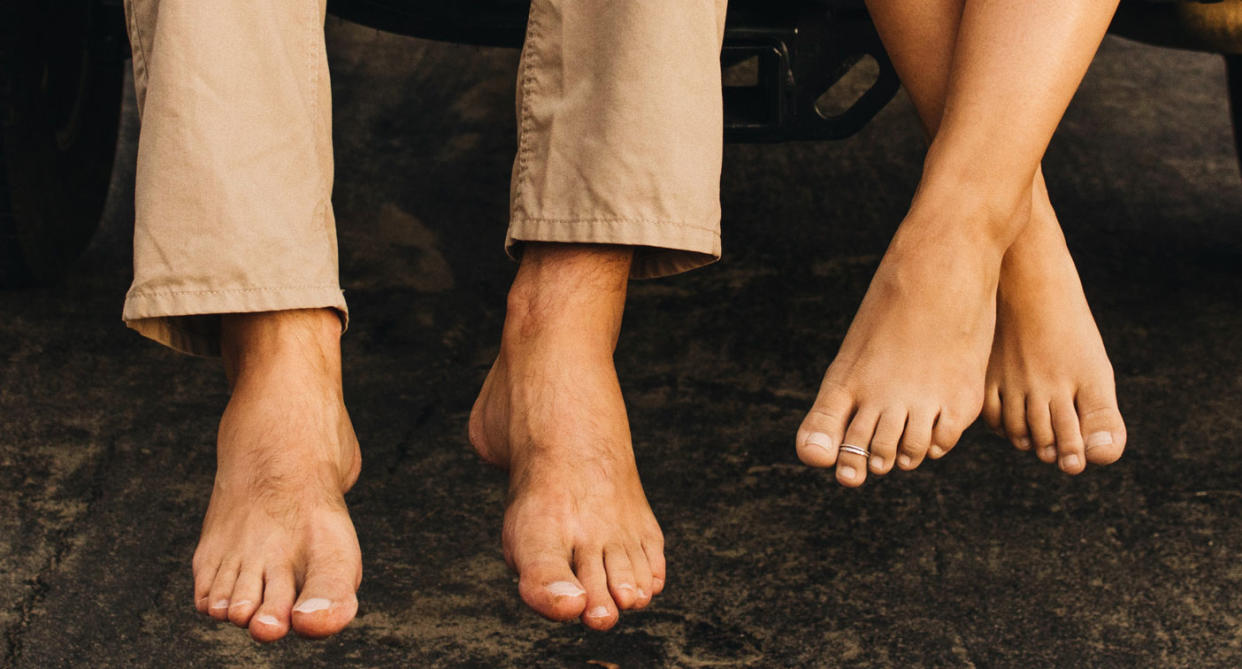If you have diabetes, take special care of your feet

If you have diabetes, doctors advise that you take good care of your feet. That’s because this chronic disease characterised by high blood sugar can cause nerve damage (diabetic neuropathy) and poor blood flow in your feet, both of which increase your risk of developing foot infections and other problems.
If left untreated, diabetes-related foot infections can lead to tissue death or gangrene.
“A part of, or even the entire foot, may need to be amputated to prevent infection from progressing,” says Dr Kevin Koo, Consultant, Department of Orthopaedic Surgery, Singapore General Hospital. “Approximately 10 to 15 per cent of diabetics have foot ulcers, which are responsible for over 80 per cent of lower limb amputations.”
Foot problems associated with diabetes include:
Foot ulcers
Swelling
Cuts and sores
Corns
Ingrown toenails
Charcot arthropathy/charcot foot – a condition with progressive degeneration of bones and joints leading to deformity
Dr Koo says that SGH has seen a rise in patients with diabetic foot problems in recent years.
“Our podiatry department has been seeing about 800 to 900 outpatient visits per month for diabetic-related foot problems since 2015. However, there is still a significant group of patients who seek treatment late, and by then, the only option is amputation,” he says.
The risk factors for diabetic foot problems include:
Poorly controlled blood sugar
Poor nutrition
Pressure points in the foot (can be caused by tight-fitting shoes)
Poor foot hygiene

Tips to prevent diabetic foot problems
Check your feet – top, bottom and between the toes – daily for any wounds and fungal infections
Wash your feet daily and dry them thoroughly, including the area between the toes
Don’t use hot water to wash your feet
Always wear socks with shoes and change your socks daily
Moisturise your feet daily but avoid the areas in between the toes
Cut your toenails straight instead of rounded to prevent ingrowths
Don’t use chemicals or commercial plasters for calluses and corns. Consult a podiatrist if these are difficult to manage
Schedule an annual diabetic foot screening
“By conducting a diabetic foot screen for diabetic patients, we can identify potential foot problems… We can also educate patients on proper foot care and optimal glycaemic control,” says Daniel Wong, Podiatrist, Singapore General Hospital.
“Patients should seek early treatment whenever there is a presence of an ulcer, when the foot becomes painful, red or swollen, as well as the appearance or progression of foot deformity,” says Dr Koo.
Related stories:
Claw Toes sign of underlying diabetes: Doctors


